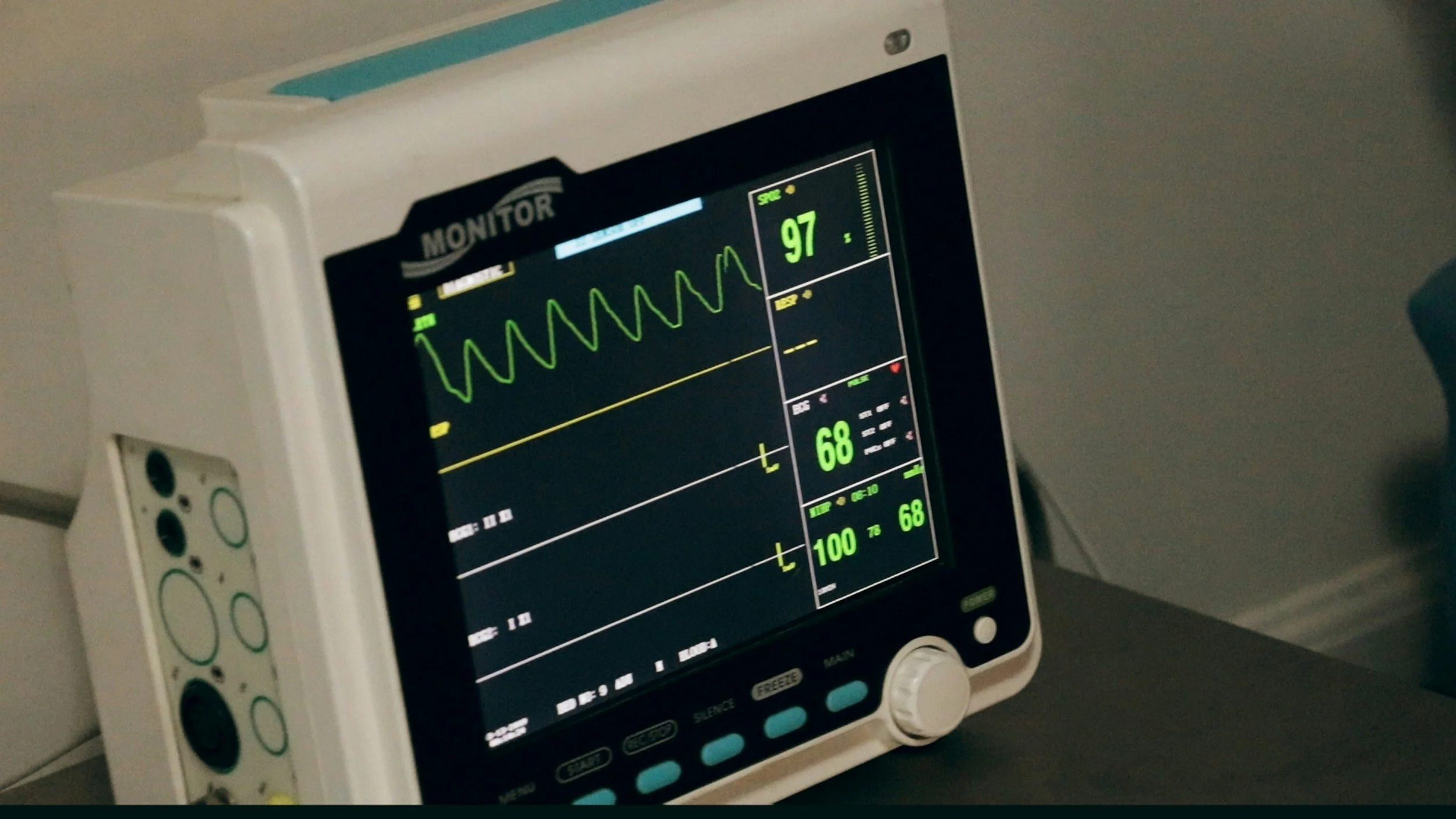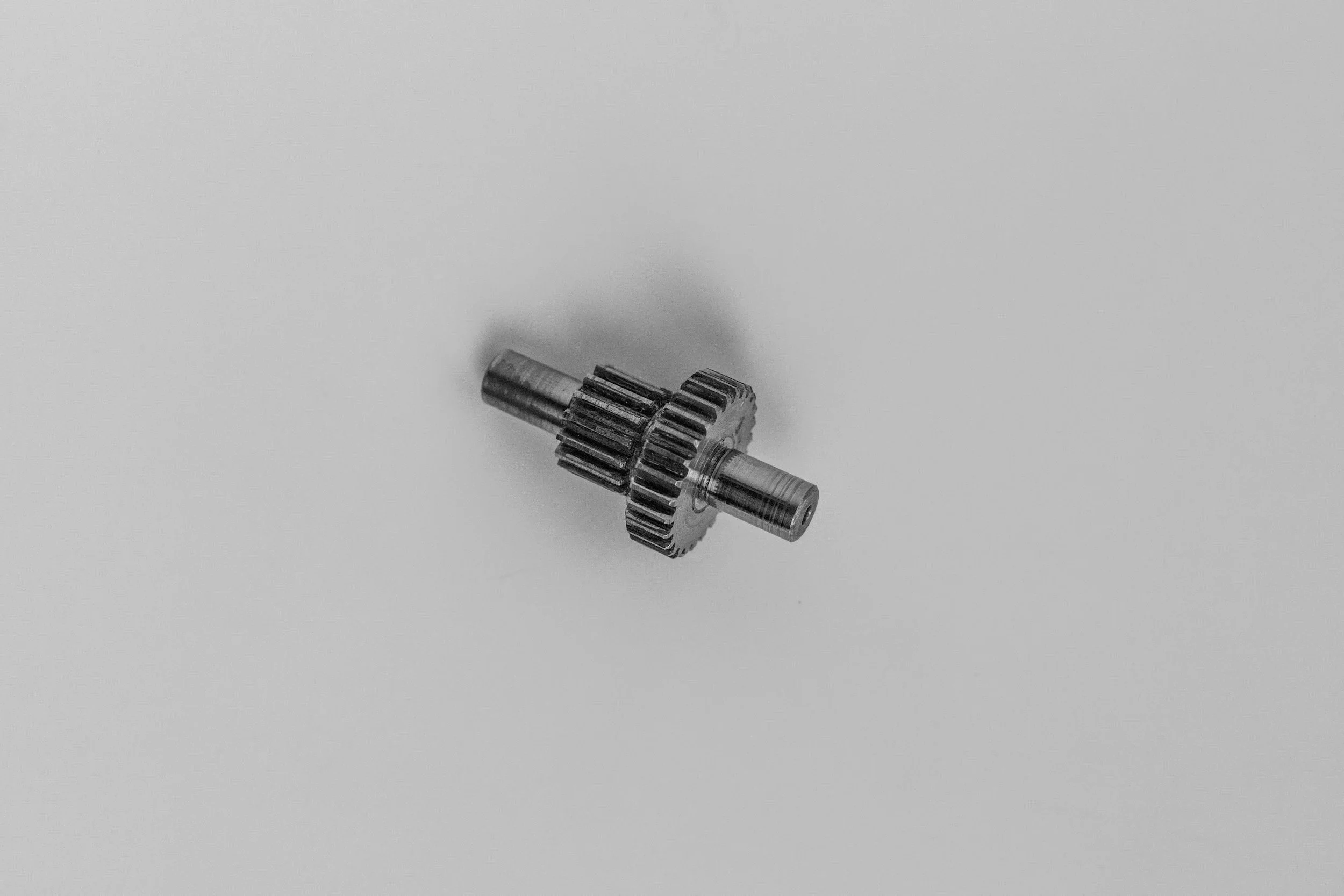What's up with aging?
/What's up with aging?
It's not Botox my friends!
You're not 30 anymore, and what you took for granted in your younger years has been replaced by various aspects of change that you either see or feel as your physiology changes.
More importantly, is the need to ward off disease. No you are not exempt from this group, but you can take measures to enhance your health and provide your body with protective actions based upon your lifestyle behaviors and the science of an integrative approach to health care.
What should you be most concerned with?
While I could pick from an arsenal of tests based upon ones family history, current lifestyle habits and your individual complaints, there are some fundamental markers that must be examined in all of us, and these markers, known in medical science are termed biomarkers as they reflect our biology and what state they are in.
When you have your blood taken, each one of the tests prescribed represents a given biomarker. Of course it is the collective gathering of various biomarkers that allows us as doctors to understand the "bodies story", and what clinical actions to take to help you improve the quality of your health. But herein lies a critical issue. How your doctor was trained, thinks, and if he or she practices conventional medicine alone, or incorporates the emerging science of functional medicine, clinical nutrition and the role that epigenetic's plays in our lives can make all the difference.
What is Functional Medicine?
Functional medicine can be defined as both the way a doctor thinks (causation and mechanism based as opposed to symptom suppression or formulary based in many cases). Utilizes unique laboratory testing, as well as standard testing to help define your health issues; along with the use of natural medicines when applicable. Who said a pharmaceutical drug is the only way to treat an illness? Seriously think about this statement for a moment.
What is Epigenetic's?
Epigenetic's can be defined as all the things you bathe your cells in every day, (what surrounds our genes), such as your stress levels, what you eat, your weight, how much you exercise, the chemicals you are exposed to over time, etc.
One of the two most important biomarkers to keep a tight rein on, are your sugars, and inflammation.
A standard chemistry reports our glucose levels, but if we rely on this alone, it is not enough to tell the story. We must have a hemoglobin A1c (HbA1c) and a fasting insulin level, as the HbA1c reflects where your sugars have averaged over 3 months.
Why is this so important?
In America currently 79 million people are pre diabetic, and 26 million are diabetic. Collectively this represents 105 million people with a sugar disorder, and we have approximately 300 million people in our country. The profundity of this fact, and the fall out of high sugars in the blood stream are directly related to significant increased rates of cardiovascular disease (Still the # 1 killer), cancers, Alzheimer's disease and other vascular disorders that cost you either the loss of life or the quality of it, that you were born to maintain.
The real truth is while we have all been taught to watch our cholesterol levels, and everyone has bought into this as the end all do all to prevent disease of our cardiovascular system, it is our sugars and inflammation that take center stage, not cholesterol that we need to put our focus on.
The science supporting this statement is actually overwhelming, but the pharmaceutical companies choose to continue to push statin drugs over this science because the cash cow it has produced is so amazing that until an equally profitable drug for sugar and inflammation can replace it, it's here to stay. I know this is a painful reality, but you can't look away from the truth!
So how do I know if my inflammation markers are up?
We all know when we have a painful swollen joint. It's red, hot and it hurts. That's not the inflammation I'm referring to. It is a chronic low grade inflammation that resides in your blood vessels and body that causes all the havoc over time.
There are 2 primary biomarkers we can assess easily on a blood test.
One is called C-reactive protein or CRP, the other is called Cardio CRP or sensitive CRP.
CRP alone is a general inflammation marker for your whole body; Cardio CRP is specific to inflammation in your blood vessels. If your cardio CRP is elevated, your risk of stroke or a heart attack is greatly increased.
While there are many factors that influence CRP's, a primary driver is insulin resistance or elevated sugars! This biomarker when elevated can actually cause the plaque in your blood vessels to break loose and throw a clot. So when you actually look at the mechanism behind this part of your physiology, you begin to understand its importance.
How do I know if these biomarkers are okay and if I'm healthy?
-One of the best ways to remain healthy is to take an interest and become more proactive about your health.
-Make sure to ask your doctor to run these critical tests I have outlined for you, if he or she has not already done so.
-If you want a second opinion or interpretation, call me and I will be happy to read these tests for you.
Exercise and maintaining a healthy weight is still and will always be the elephant in the room. No pill, potion or lotion can ever take its place, despite your hopes for science to save you from a fundamental of life.-
If you want a second opinion or interpretation, call me and I will be happy to read these tests for you.
As we age, without exercise our body composition changes. We lose muscle mass, and its replaced with fatty tissue. This is without weight gain, so if you add weight gain to this equation, your body composition starts taking on a whole new picture, and it's not favorable! Over time this equates to a dreaded state we observe in many of our aging parents or the elderly, and if we could put one word to best describe it, it could be best stated as frailty.
Oh it's just fat, and I'm getting older. Isn't that just part of aging?
NO IT IS NOT!
The truth is that, the awareness of your health is your responsibility to yourself.
If you want to reduce your propensity to disease, you need to be mindful of what your body requires to keep your Ferrari a well oiled machine.
The quality, quantity and types of food you eat daily is the fuel you feed that Ferrari.
As the old adage goes- "Garbage in garbage out".
The science on diet, lifestyle and disease prevention is not coming. It's here, and always has been. The food industry is driven by profits, not your health. Keep reading quality information such as the recently published study on the Mediterranean diet.
So successful were the results of this Meta analysis study, proving its cardiovascular health benefits that even the American Heart Association's diet now must acknowledge its recommendations were wrong. (In high probability it will just adopt these new guidelines, but who cares as long as people are taught to eat foods that actually promote health and longevity).
Take fish oils daily, eat nuts seeds and legumes. Consume more lean proteins like fish and increase your use of olive oil.
Increase salads, vegetables and fruits, especially berries and DO NOT EAT A LOW FAT DIET! The theory on low fat diets has unequivocally been proven wrong. It is the types of fat that we consume, that makes all the difference.
Low fat diets promote high carbohydrate intake, and this directly drives insulin resistance and diabetes. The American epidemic of obesity has in part been driven by disseminating the wrong information, despite its good intentions.
I would also urge you to make sure your Vitamin D status is optimal as well, so your doctor needs to run this chemistry every 6 months.
Optimal vitamin D levels are associated with healthy bone density, lowered inflammation, improved immune surveillance and cancer reduction, as well as lowered mortality rates across the board in the elderly.
While the reference range is 30-100, the institute for functional medicine advises a level of 50-80 for optimal wellness, and I concur completely. Most patients require 2000-4000 iu. Vitamin D3 per day to attain this goal. The institute of medicine in my opinion is way off the mark with its recommendations of 600 iu. of vitamin D a day when the literature clearly favors higher levels for optimal health.
Eat healthy, stay active; maintain a flexible spine and healthy nervous system through chiropractic care and exercise. Have a great physical every year with a cutting edge doctor, and instead of fearing what your doctor may tell you, based upon lifestyle habits that you know are not conducive to good health- impress your doctor by showing him or her that you took proactive measures in your own hands, and be proud of your personal accomplishments.
Credit to this article goes to Dr. Loren Marks, New York, NY.

































